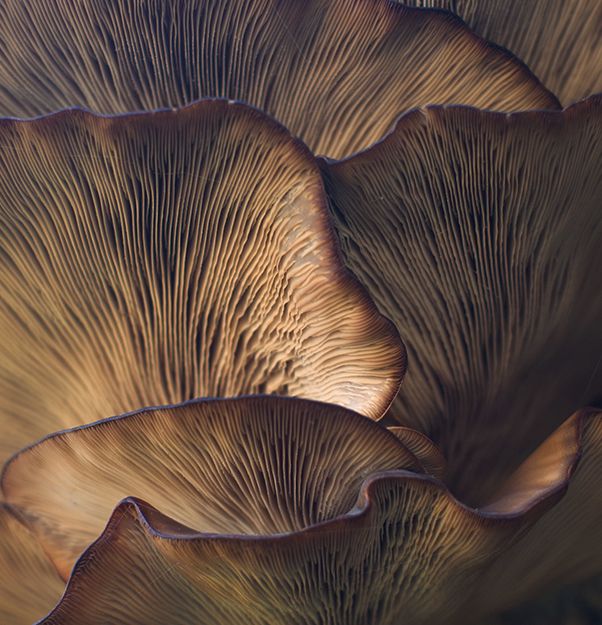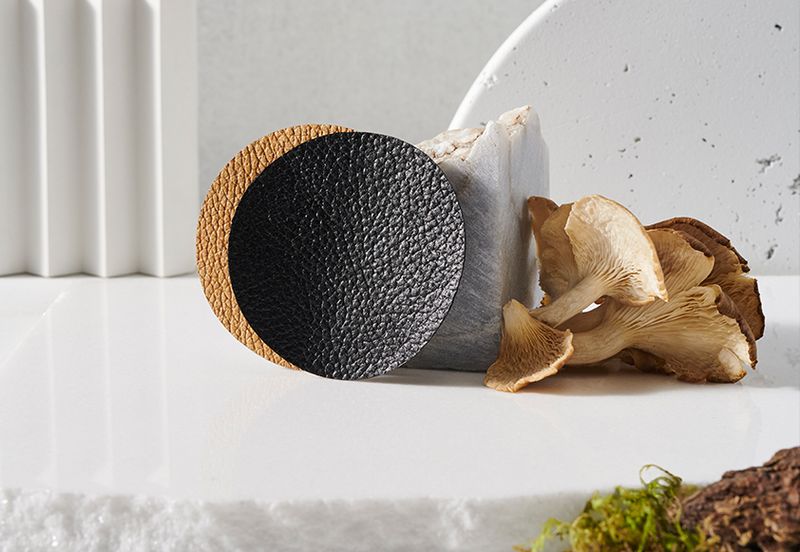What are Fungi: Facts You Didn't Know


Fungi are more than mushrooms. Expand your knowledge of these fascinating organisms and find out how they are used in real-life applications.
What is a fungus?
Fungi grow worldwide in most habitats, from arid areas to the marshiest, wettest locales. They have even been found in almost uninhabitable areas, like deserts and areas with high salt concentrations.
Fungi are classified by the size, shapes, and colors of their fruiting bodies, which are mushrooms. Some species can only be told apart by their biochemical characteristics or reactions to certain chemicals.
Fungi can be immensely helpful. Many fungi are used in medicines and antibiotics. Scientists have even discovered fungi that contain acids that combat antibiotic-resistant bacteria. Many mushrooms also produce compounds that act as antioxidants, inhibit viruses, and combat cancer cells.




Characteristics and Anatomy
The fungi kingdom is wholly unique, as it’s neither vegetable nor animal. Yeast, mold, truffles, and mushrooms are all types of fungi. They do not photosynthesize, meaning they don’t get their energy from the sun. Instead, they decompose organic matter and contribute to nutrient cycling and exchange, making them essential to their environments.
Fungi can range in size from microscopic molds to mycelium networks that span acres. The mold on your bread and the fairy rings that crop up in your backyard are both examples of fungi, even though they don’t resemble each other. There are around 120,000 catalogued fungi species, with more still to be discovered.
Fungi can be immensely helpful. Many fungi are used in medicines and antibiotics. Scientists have even discovered fungi that contain acids that combat antibiotic-resistant bacteria. Many mushrooms also produce compounds that act as antioxidants, inhibit viruses, and combat cancer cells.
That said, not all fungi are helpful. Many fungi are parasitic, and some are even toxic to animals and humans. The toxic compounds produced by poisonous fungi are called mycotoxins. Mold is the foremost mycotoxin – even the mold that eventually becomes penicillin. Some mycotoxins, called amatoxins, can be fatal. Sometimes, cooking a mushroom will remove the toxins, and sometimes the reverse is true.


How Fungi Affect Us
Fungi are more than food sources: Researchers and engineers are discovering ways to use fungi’s unique qualities to build and create better products that we use in our everyday lives. Mycelium and other types of fungi can be used to create sustainable alternatives to many everyday items, from clothing to farming techniques. Other agricultural applications for fungi include pest control by introducing fungi that are toxic to certain pests but not humans or plants.
Fungi also have a huge role in the medical field as antibiotics, cancer-fighting agents, antidepressants, and products to help nerve function. Often scientists can isolate and synthesize the compounds that help and heal our bodies and administer them as medicine.
Meet Mylo, the sustainable leather alternative made from mycelium.
Learn More
